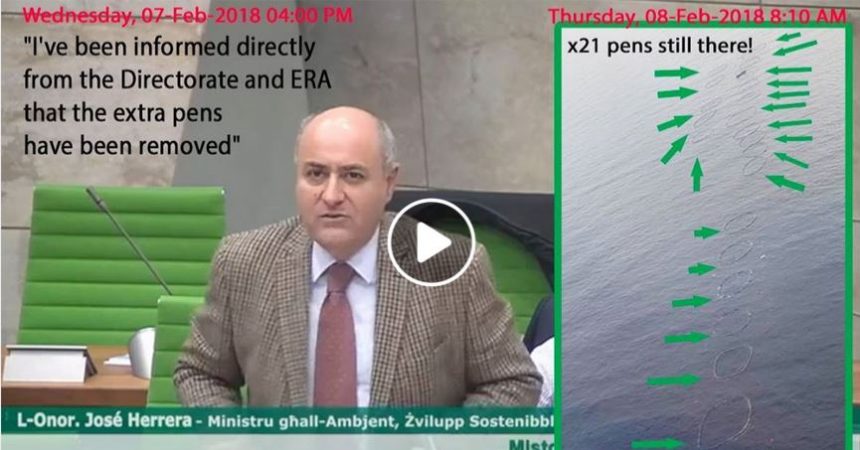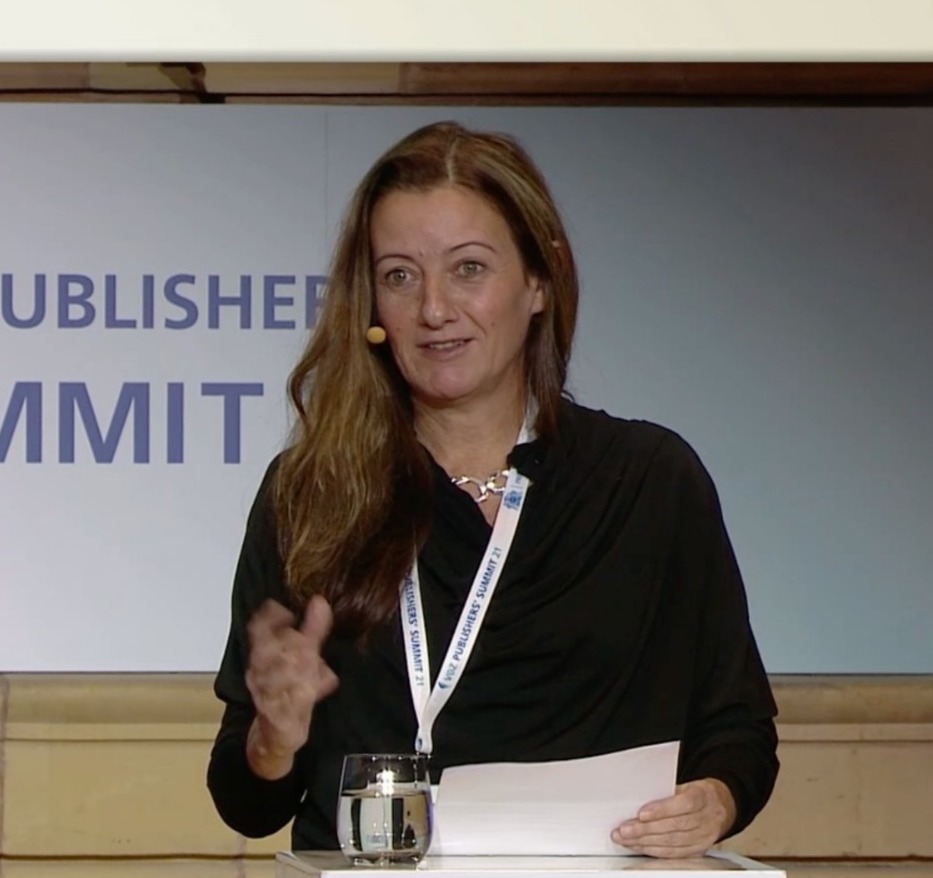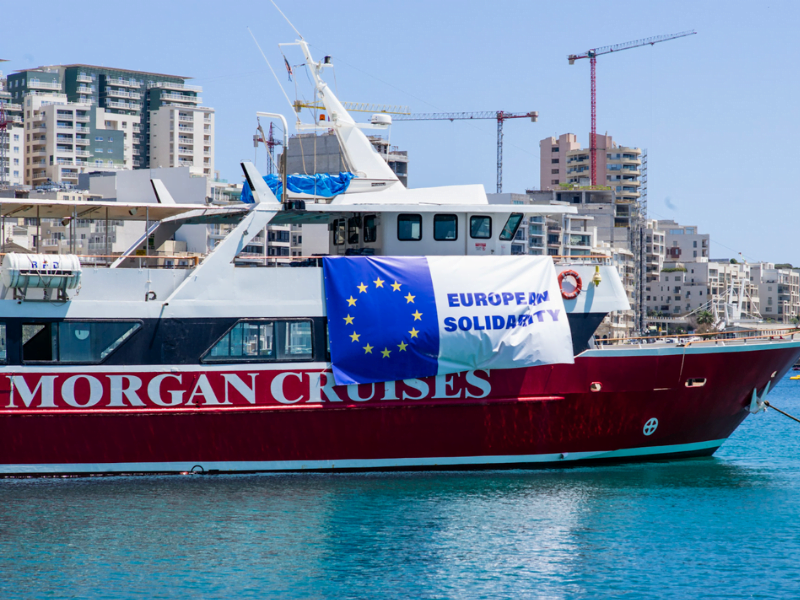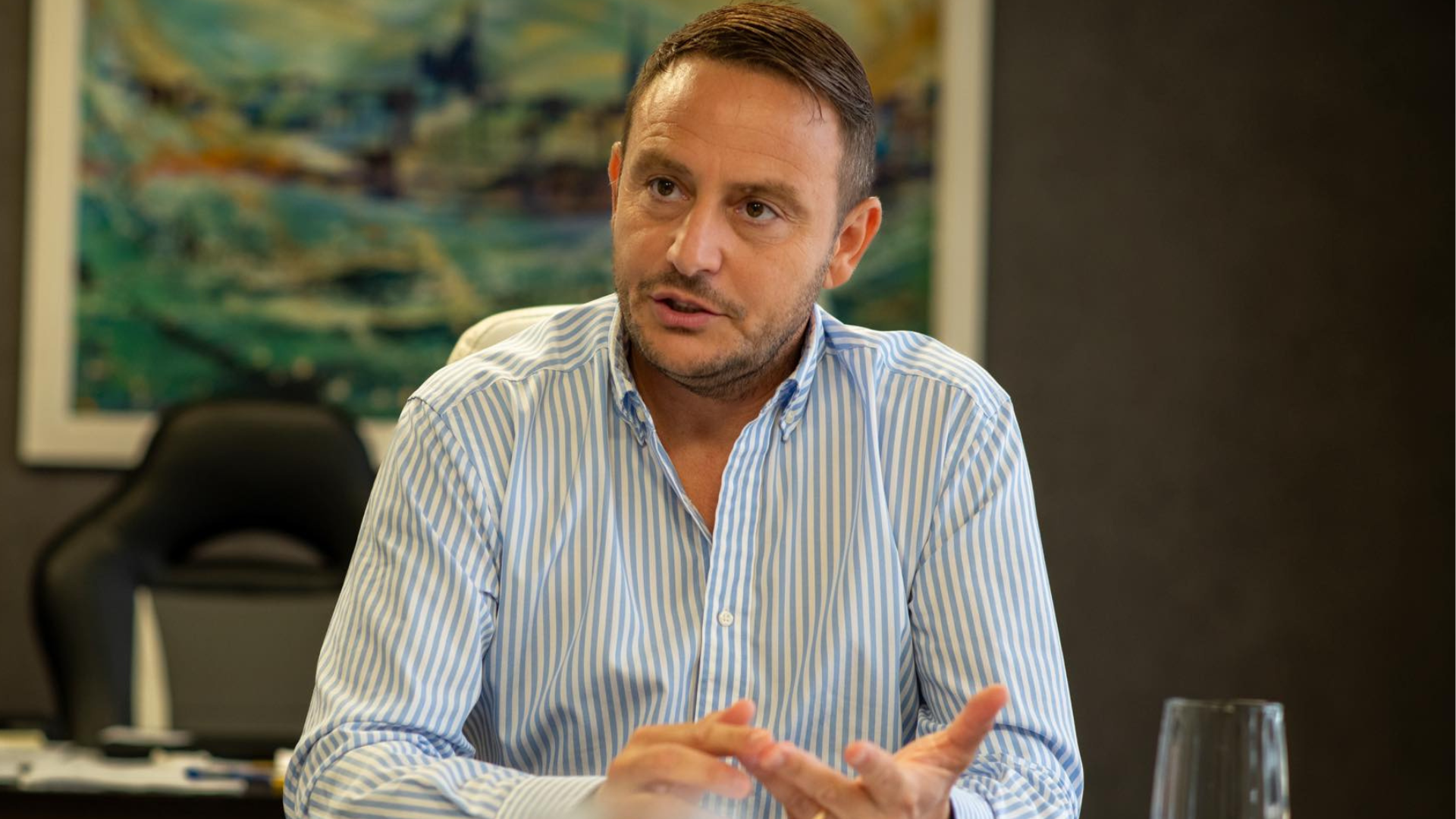The doubling of tuna cages by Azzopardi Fisheries has angered activists who say Malta is already privileged in having a high tuna quota compared to other countries and that expansion of the industry will again bring the disgusting slime along the coast that Malta experienced two years ago.
Nicolai Abela, the man behind the Stop the Slime campaign born in the summer of 2016 when unprecedented levels of greasy, white slime spread along the coastline stretching from Mellieha to Sliema and the stink of rotten fish affected also the St Paul’s Bay area, pointed out that it was then that the public realised there was double the number of tuna pens permitted off St Paul’s Island.
Action was taken, permits were revoked, pens were removed and the cages were relocated to a temporary location further offshore which allowed a relatively ‘slime-free’ summer last year, Abela said.
“Do we really need to be the ones to find out ‘by chance’ again that the pens have doubled beyond their permit? Where are the Fisheries Department, the Planning Authority, the Environment Authority and the Environment Ministry who promised us regular monitoring and surveillance?” he added.
The Shift News published aerial shots of the tuna pens at Sikka l-Bajda last week showing the increase from what should be 12 to 21 pens. Azzopardi Fisheries applied for a permit in December to double his allocation from 12 to 24, which is still under consideration, but in the meantime there are 21 pens on site.
The application for a permit was presented before the identification of a permanent site for aquaculture establishments in the north – the site occupied by Azzopardi Fisheries was meant to be a temporary one.
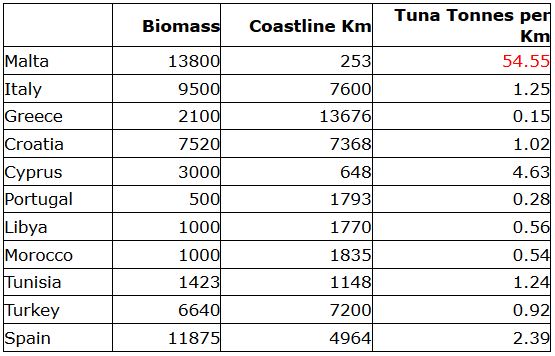
Source: ICCAT
Azzopardi Fisheries went ahead and doubled their cages anyway, even contesting a €30,000 contribution to a fund earmarked for environmental projects in St Paul’s Bay. The fee was imposed as a condition for the temporary relocation of the company’s cages in St Paul’s Bay to Sikka l-Bajda following the sea sludge controversy.
“Now we know they’re there, what are we waiting for to have them removed? Every day they remain there it’s an insult to all related authorities and, ultimately, the people and tourists who will yet again have to swim in their stinking residue this summer,“ Abela said.
Partit Demokratiku MP Godfrey Farrugia took the Environment Minister to task in Parliament. He reminded Herrera that this was meant to be a temporary site for the location of Azzopardi Fisheries’ cages – the company was never meant to consider this as a permanent location on which it could apply for new cages, and much less double them without a permit.
Farrugia also questioned the kind of monitoring and enforcement being carried out. It emerged that the Fisheries Department was charged with this task but it did not have the necessary resources. The PD MP suggested the army could assist as part of its duties in monitoring Malta’s marine area.
Marcus Lauri, who has spoken about the need to protect Bluefin tuna from extinction, pointed out that ranching (which also involves penning, fattening and harvesting) is a super lucrative activity with a very low multiplier effect on the economy. Increasing industrial scale quotas have been allotted to tuna ranchers at the expense of an already impoverished traditional and artisanal sector in Malta.
Highest quotas, smallest country

Source: ICCAT
Malta has one of the highest quotas awarded by the The International Commission for the Conservation of Atlantic Tunas (ICCAT) – 14,800 tonnes this year despite being the smallest country, although Malta has a disproportionately large marine area under its control.
Where other countries have an average of 1.3 tonnes of tuna being farmed per kilometre of their shoreline Malta has an impressive 54 tonnes of tuna per kilometre. Stop the Slime campaign questioned Azzopardi Fisheries’ need to increase its cages without a permit. The company’s track record in the industry is far from clean.

